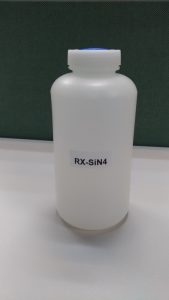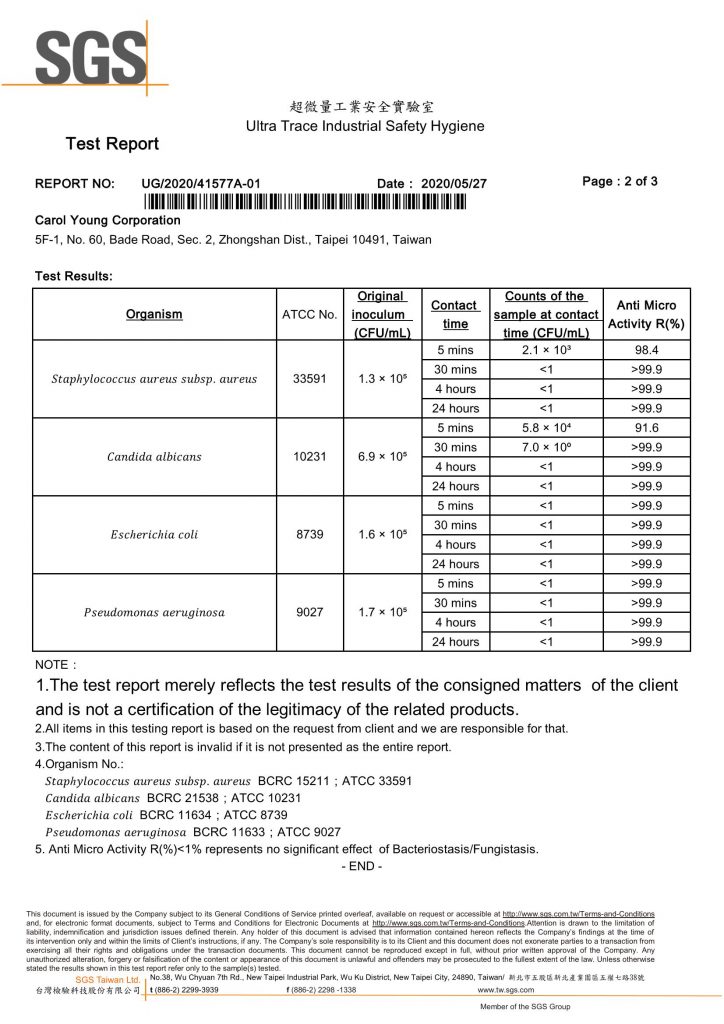2024-07-4

Studies have shown that using it for the finishing of pure cotton fabrics, it has been found that the inhibitory rates of Staphylococcus aureus, Escherichia coli and Candida albicans after 24 hours have reached 98.12%, 96.86%, and 95.14%, respectively, showing a broad-spectrum antibacterial effect. It has a high antibacterial rate and is safe, non-toxic, and non-enzymatic. Huang Zuoxin [3] studied the adsorption performance of polysiloxane with benzyl dimethylsilyl ammonium chloride pendant groups on pure cotton bedclothes and its bactericidal activity against Escherichia coli and Staphylococcus aureus. The results show that the bactericidal activity is strong.
Japanese patent reports that the trimethoxysilyl substituted isocyanuric compound, trimethoxysilane containing C10-30 quaternary ammonium groups and CH2Cl2 are used as finishing agents to treat polyester fabrics. After heat treatment at 100 ℃ for 10 min, The fabric has excellent antibacterial and washing resistance. Organic silicon quaternary ammonium salt is a new type of cationic surfactant. It has high temperature resistance, washing resistance, and long-lasting effects. It has a wide range of antibacterial properties and can effectively inhibit Gram-positive bacteria, Gram-negative bacteria, yeast and fungi. . Its sterilization mechanism is: using organosilicon as a medium, the ammonium cation group with bactericidal properties is strongly adsorbed on the surface of the bacteria, changing the permeability of the bacterial cell wall, and overflowing the enzymes, coenzymes and metabolic intermediates in the bacteria. Cause the microorganisms to stop the respiratory function and die, thereby achieving the effects of sterilization and bacteriostasis, that is, “contact death” occurs. In the structure, R is an active group, such as OCH3, OC2H5, etc., which can be hydrolyzed into silanol groups that are easily crosslinked, and are dehydrated and condensed with the hydroxyl groups on the surface of the fabric. Covalent bonds attach and fix it on the surface of the fabric. Through the graft polymerization of organosilicon, a strong film that can kill bacteria and inhibit bacteria is formed. This film is non-toxic, non-irritating odor, harmless to the human body, safe and reliable. R1 is a hydrocarbon group, oxygen-containing or nitrogen-containing group, such as (CH2) 3NHCH2CH2, CH2COCH2CH2, CH2, etc.; R2 is a hydrocarbon group containing 1-20 carbon atoms; X is an acid radical anion.
Key words: wood wall paneling, Wall Panels, quaternary ammonium salt, antibacterial, washing resistance.
